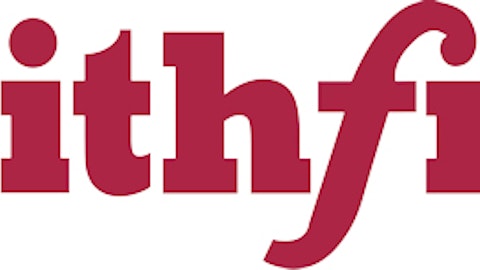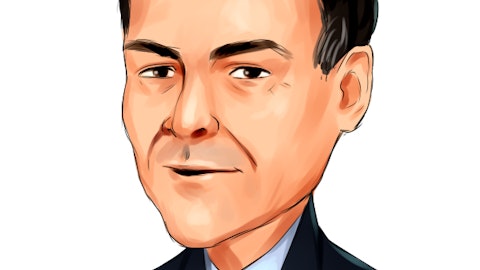Chairman and CEO Jamie Dimon decided this past week that shares of J.P. Morgan Chase (NYSE:JPM) were cheap enough that it was worth buying more shares of the company for his personal portfolio. Insider buying is generally considered a bullish sign for a stock for two reasons: first, insiders generally have more information about the company than outside investors; and second, insiders already have an income stream tied to the company’s performance and in theory should try to diversify by investing in other companies- so, if an insider invests an additional amount in their own company, they must have a good deal of confidence in the stock’s future performance. Dimon bought 360,000 shares directly on the 19th and 20th of July at an average price of $34.14- he now owns about 3.2 million shares directly, making his purchase a ten percent increase in his position. Dimon’s spouse and LLC added additional shares of JPM as well, with the LLC and several trusts disposing of their preferred stock.
Overall Dimon spent $17 million purchasing common shares and received $13 million selling preferred stock. Jamie Dimon has a strong track record as an insider. The last time he made such a large purchase was in January 2009 when JP Morgan shares were trading below $23. He doesn’t purchase his company’s shares unless he thinks they are ridiculously cheap.
J.P. Morgan Chase counts a number of hedge funds among its shareholders who will likely be encouraged by Dimon’s purchase. John Paulson’s Paulson & Company owned 18.5 million shares of the major bank at the end of March (see more of Paulson’s portfolio). He has had this large position for over a year. Lansdowne Partners, managed by Sir Paul Ruddock and Steve Heinz, more than tripled their JPM position in the summer of 2011 and now own 17.5 million shares; it is the largest position in the fund’s 13F portfolio. Billionaires Louis Bacon, Leon Cooperman, and Ken Fisher are also among JP Morgan shareholders (see Lee Cooperman’s stock picks). JP Morgan is also one of the 10 most popular stocks among hedge funds.
In J.P. Morgan Chase’s first quarter of 2012, the bank reported revenues that were up compared to the first quarter of 2011, but net income that was slightly down; however, due to a decrease in shares outstanding, EPS was up two cents. Looking at the company’s segments, revenues from both investment banking fees and principal transactions (including market making and private equity) fell by over 20%. Headcount and total assets were both up compared to Q4 2011 and the bank seems to be expanding, an additional sign that Dimon is confident it can achieve growth through additional business opportunities. A number of revenue sources the company had in the first quarter were likely to be non-recurring, but so were a number of expenses including a $2.7 billion litigation expense.
As a combination of an investment bank and a retail bank, J.P. Morgan Chase is best compared to other banks which operate in both industries. Bank of America (NYSE:BAC) and Citigroup (NYSE:C) have smaller market caps (both are around $75 billion compared to JPM’s $130 billion) but satisfy the criterion of being financial supermarkets. Another peer is Wells Fargo (NYSE:WFC), which is actually larger than JPM in terms of market capitalization at about $180 billion as it trades at a P/E of 11 while the other three banks’ P/E ratios are between 7 and 8. Wells Fargo, which is seen as a safe bank, also trades at 1.3 times its book value while BAC and C- perceived by investors as being lower quality banks with riskier debt on their balance sheets- trade at less than half of book value. J.P. Morgan occupies a middle ground of 0.7x book. J.P. Morgan Chase stands out from its competitors as the most generous dividend payer: its dividend yield of 3.4% trumps Wells Fargo’s 2.6%, while Bank of America and Citi have dividend yields of less than 1%. All of these banks are exposed to negative financial or macroeconomic developments, but Dimon apparently believes that his company occupies a “Goldilocks” space of being cheaper than WFC, but safer and paying better dividends than BAC and C.
We agree with Dimon. Even though Warren Buffett prefers Wells Fargo over other banks, we think JP Morgan is the most attractively priced bank right now, followed by Citigroup. Investors who can ignore the short-term fluctuations, scandals, and worries about Europe can achieve large gains over the long term.






